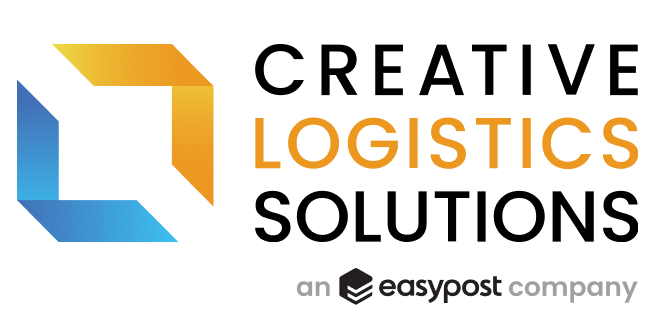Tariff

Definition
What is a tariff? In short, a tariff is a tax levied by the government on goods and services entering the country (i.e. imports). Typically, governments impose tariffs for one of two reasons:
- It’s aiming to raise money for itself
- To offer protection for specific sectors of its economy
The justification, from the government’s perspective, for the first reason is obvious; it’s looking to fill its coffers with additional funds, for one reason or another. The goal with the second is to cause the price of products, which were previously cheaper, to increase when entering the importing country, and to allow for domestic companies to “more easily” compete against imported products and services. More easily is listed in quotes because, though it may seem like a straightforward result, this isn’t always the case.
Pros of Tariffs
Without tariffs being applied by the government, international firms may be able to offer goods and services more cheaply and price so competitively that they may force domestic firms out of the market. When examining the upside of tariffs for the domestic economy, two stand out:
- They allow domestic companies to become more competitive and/or stay in business
- They allow firms to hire more employees because sales are up
By increasing the costs of imported goods, the gap between costs of these items and those from a domestic firm decreases or can be eliminated altogether. Over time, if imported products and services are priced lower than those offered from companies within its borders, domestic firms will begin to close their doors.
When the imposition of tariffs occurs, the gap is reduced or eliminated, these firms can continue to operate. If these tariffs also offer them the ability to grow their business, this generally equates to increased staffing, reducing the nation’s unemployment rate. The combination of these two potential outcomes enable the nation’s economy to improve.
Cons of Tariffs
While of the the pros listed above sound like more than enough justification for tariffs, there are several potential downsides to this practice. Tariffs can:
- Cause trade wars
- Reduce innovation.
- Increase the market price of goods and services to the consumer compared to those pre-tariff.
To reduce confusion in the examples that follow, we’ll refer to the (domestic) nation that is initially applying tariffs as Country A, and the nation that is having tariffs applied to its exports as Country B.
First, and generally the most damaging, is that when a country has tariffs applied to goods and services that they are exporting to another country, the other company will often retaliate with tariffs of their own. In doing so, they generally don’t go after small sectors because that would have little effect on the other country.
If Country A were to apply tariffs on a product from Country B, Country B may know that Country A generates a significant portion of its Gross Domestic Product (GDP) from a product such as oil. Country B, in retaliation for Country A applying tariffs on its goods, may strike back by applying a large tariff on all oil imports into its country by Country A. This retaliation can create a vicious cycle, with each escalation causing more and more harm for the countries involved, which is known as a trade war.
A second side effect of tariffs can be that they stifle innovation by domestic firms. In one scenario, the justification for levying tariffs is that businesses in Country A cannot compete on price, as firms in Country B are able to do so more cheaply. If the government steps in and applies tariffs, this causes imported products to become more expensive, and domestic products to become cheaper by comparison. If the government interjects, there is less motivation for domestic businesses to push for improvements that would allow them to drive their costs, and ultimately the price of their products, down.
A third potential outcome to consider with tariffs is the question of, for those items that are being imported into a country, who is burdened with the increase in costs, the seller or the consumer? To break this down, lets create an example.
The current, pre-tariff cost to produce a widget imported into Country A from Country B is $15, but Country A, then imposes a 20% tariff on widgets, which increases the cost to $18. The seller is then presented with three possible options:
- The firm will absorb the full amount of the increase and keep the sale price based on a cost of $15.
- The firm will share some percentage of the increase with the consumer and increase the sale price, based on a cost more than $15 but less than $18.
- The firm will pass the full amount of the increase along to the customer and set the market price based on a cost of $18.
Let’s take the above example and extrapolate it out to higher volumes, to show how quickly these added costs can add up:
| # of Widgets | Pre-Tariff Cost | Tariff Amount | Post-Tariff Cost |
| 1 | $15 | $3 | $18 |
| 1,000 | $15,000 | $3,000 | $18,000 |
| 10,000 | $150,000 | $30,000 | $180,000 |
| 100,000 | $1,500,000 | $300,000 | $1,800,000 |
As you can see from the chart above, regardless of the number of widgets a firm is importing, the added costs can grow rapidly! And again, the firm is left with the question of how to adjust its product pricing model to account for an increase to its costs.
For more trade and logistics definitions, refer to the CLS Glossary of transportation and shipping terms. Contact us for more information about CLS shipping software solutions.





